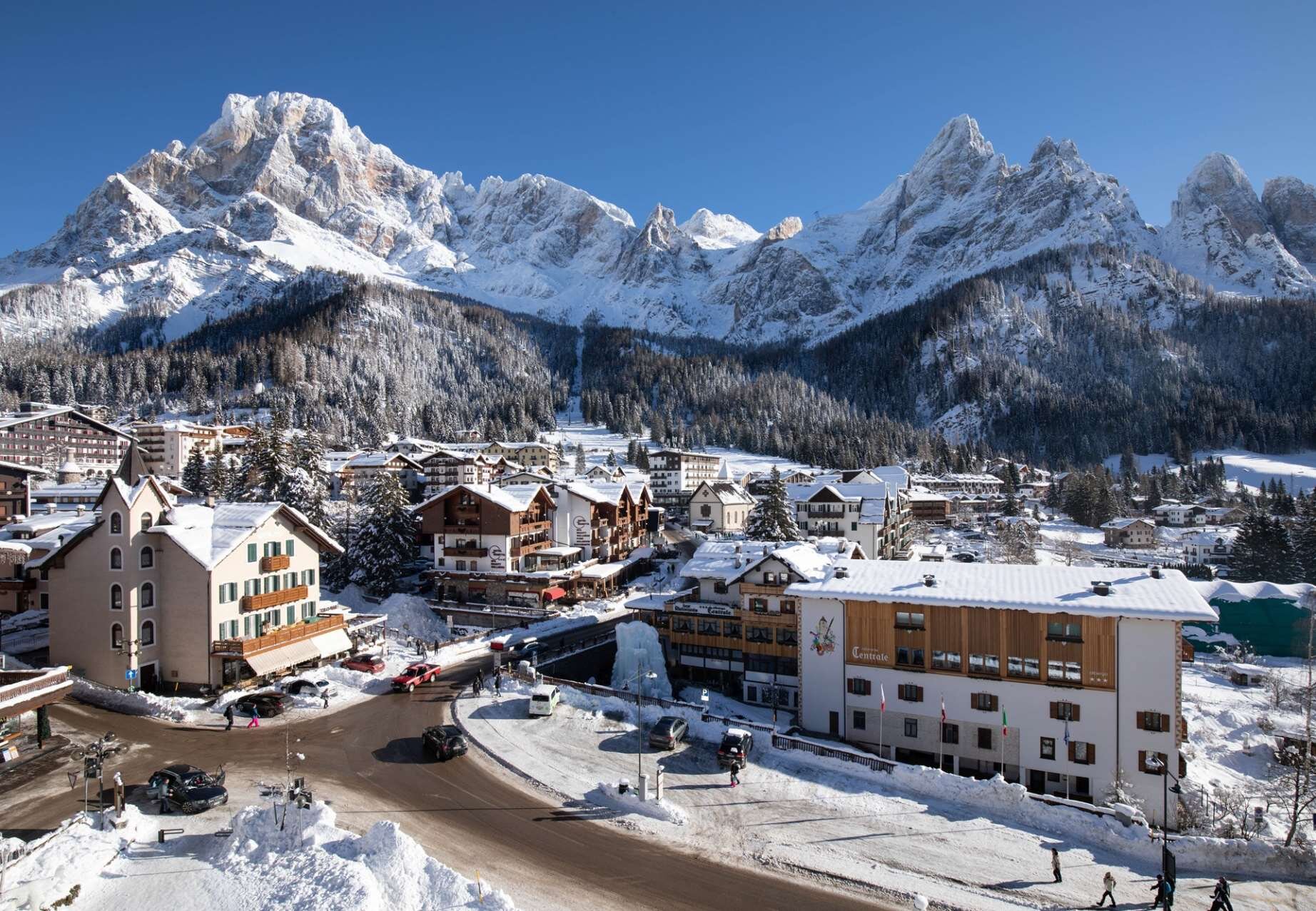San Martino di Castrozza, once known as Alpe di Castrozza, probably owes its name to an ancient Roman outpost linked to the conquest of the Alps. In the Middle Ages, a hospice was founded here by a religious community following the Benedictine rule, to welcome pilgrims and travelers. The monks disappeared in the 15th century, but the tradition of hospitality continued.
In 1861, the guidebook The Dolomite Mountains by Gilbert and Churchill sparked the interest of English alpinists in the Dolomites. Among the first explorers were Leslie Stephen, Edward Whitwell (who climbed the Cimon della Pala in 1870), Francis Fox Tuckett, the Count of Lovelace, Beatrice Tomasson and Jeanne Immink. Other great names followed: Norman Neruda, Georg Winkler, Günther Langes (who in 1920 climbed the Spigolo del Velo), Otto Herzog, Emil Solleder, Hermann Buhl and Bruno Detassis. In 1934, Ettore Castiglioni opened 30 new routes on the Pale. In the 1960s, Reinhold Messner and Samuele Scalet stood out, while the 1970s saw Manolo emerge as a pioneer of modern climbing.






